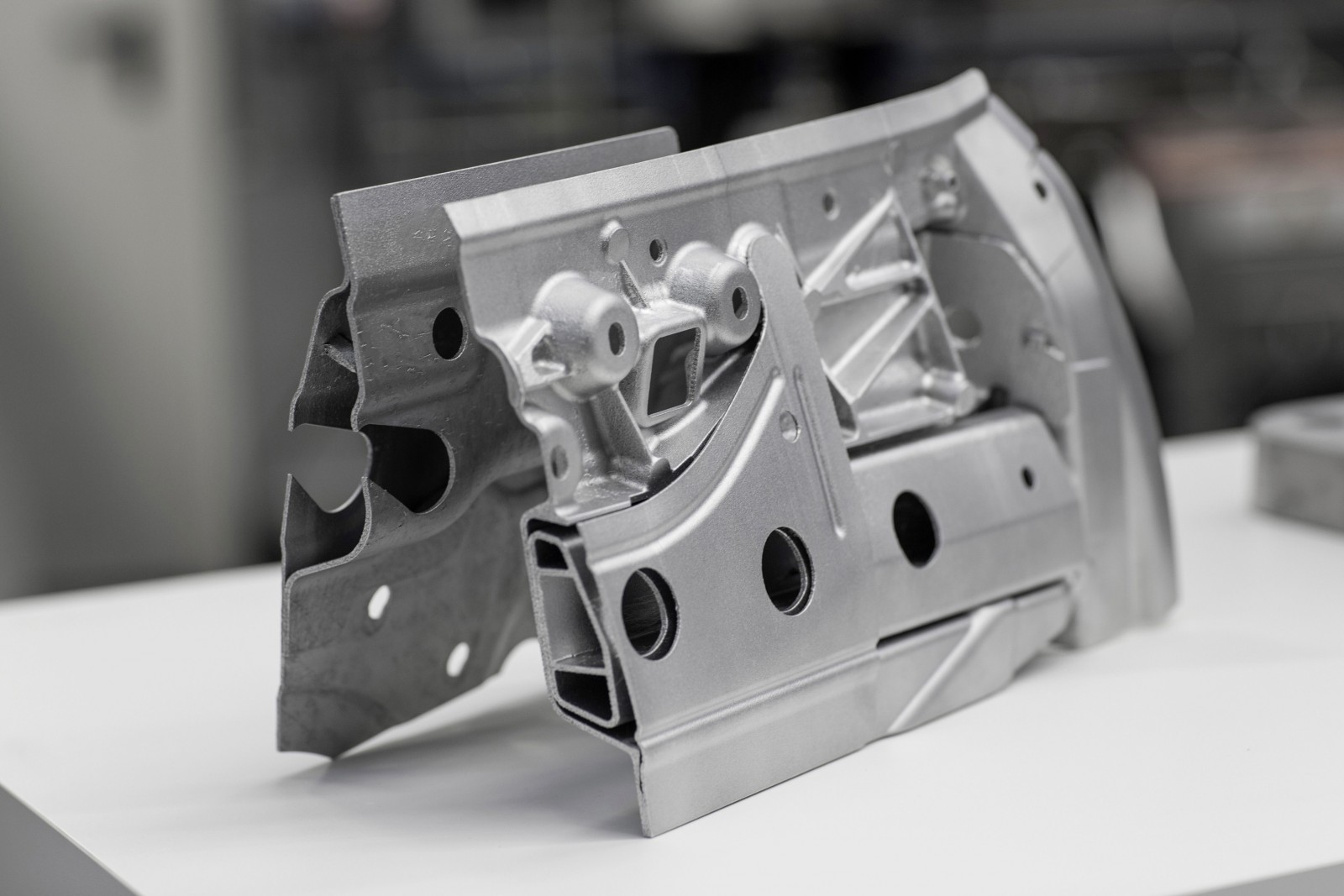
Global 3D printing trends
Submitted by:
Sara Waddington
According to market research by Technavio, the global 3D printing services market size will grow by US$ 4.77 billion during 2018-2022, registering an impressive CAGR of over 26% during the forecast periods. Meanwhile, the global 3D printer market is also expected to accelerate with a CAGR of nearly 37% from 2018 to 2022.
“Rising customisation across various industries is one of the key factors driving the growth of global 3D printing market. Consumers are increasingly demanding customised products and companies are also willing to cater to the evolving demand of consumers for fostering brand loyalty. As a result, many businesses from various of industries are increasingly adopting industrial 3D printing technologies to customise products, which is also one of the main 3D printing trends to watch in the near future,” commented the analyst.
“Currently, the consumer products segment accounts for the largest 3D printing market share globally, representing nearly 24% of the global market. Other major 3D printing market segments including automotive, healthcare, aerospace and defence etc.”
It also listed the top 3D printings trends to watch in the future, which are:-
- 3D printing for cars is accelerating: Since the launch of Strati – the world’s first 3D printed car – in 2014, 3D printing technology has proved its innovation potential to reshape the global automotive industry. 3D printing helps to build light-weight parts which lead to greater fuel efficiency. Up to now, most of the prototypes of 3D printing cars have been small but, in recent years, many major automotive manufacturers (such as Ford and AUDI) have entered the 3D printed cars market.
- 3D printing materials are more diversified: No longer limited to the basics like plastic or paper, industrial 3D printers are now capable of handling almost any materials from nylon to stainless steel. A market research report from Technavio shows that the global 3D printing materials market will grow by US$ 3.4 billion from 2018 to 2022, growing at a CAGR of 39% during the forecast period. Although, thermoplastic polymer still accounts for the largest market share in the global 3D printing materials market, other materials such as resin, stainless steel, gold, silver, and titanium ceramic are catching up quickly to become some of the major materials used in industrial 3D printing process.
- 3D printing in education is a booming: The growing use of 3D printing in the education sector (including training) is identified as one of the major 3D printing trends that will gain greater prominence in 2019.
- 3D printing for medical devices is also growing: The rising demand for personalised or customised medical devices (e.g. implants) has sparked the use of 3D printing in the medical devices market. Technavio has reported that the global 3D printing medical devices market will grow at a CAGR of 23% between 2019 and 2023.
- 3D bioprinting: 3D bioprinting has been widely used to produce human-scale tissues and organs for medical and bioengineering research.

